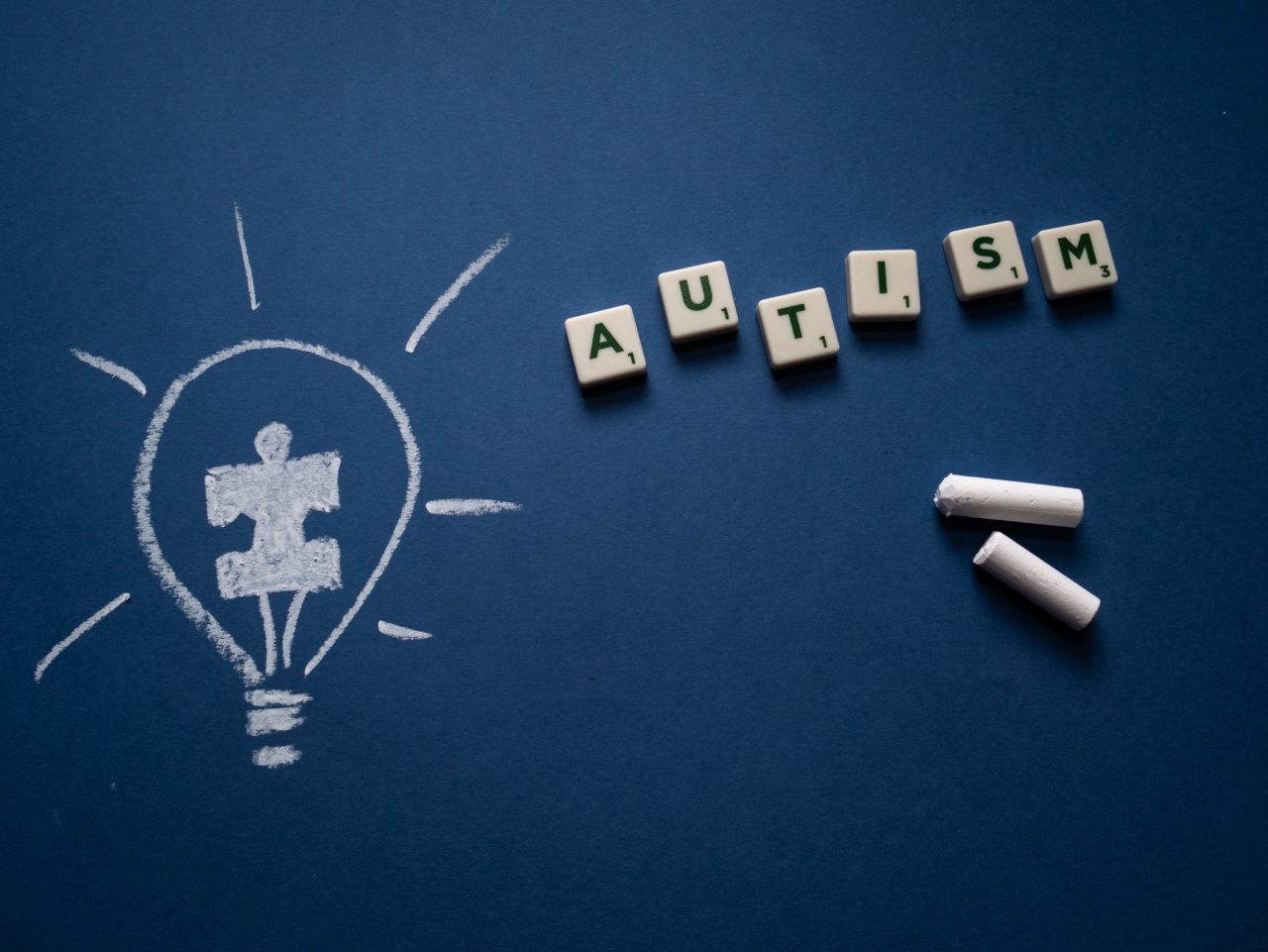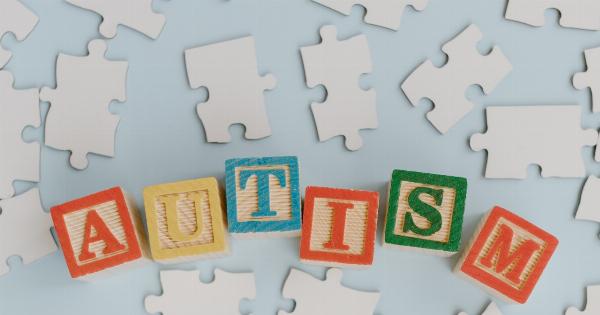Autism Spectrum Disorder (ASD) is a neurodevelopmental disorder characterized by difficulties in social interaction, communication, and restrictive and repetitive patterns of behavior.
One of the key areas affected in individuals with ASD is verbal communication. This article aims to examine the verbal hallmarks commonly observed in individuals with Autism Spectrum Disorder.
1. Delayed Speech and Language Development
One of the primary signs of ASD is the delayed onset and development of speech and language skills. Children with ASD may start speaking later than their typically developing peers, have limited vocabulary, and struggle with expressive language skills.
2. Echolalia
Echolalia is the repetition of words or phrases spoken by others, often seen in individuals with ASD. It can be immediate (immediate echolalia) or delayed (delayed echolalia).
Echolalia serves different purposes for individuals with ASD, including communicative intent, self-soothing, or as a response to stress or anxiety.
3. Literal Understanding and Difficulty with Figurative Language
Individuals with ASD often have difficulty understanding and using figurative language, idioms, sarcasm, and metaphors.
They tend to interpret language literally, which can lead to confusion in social interactions and challenges in understanding and expressing emotions.
4. Stereotyped and Repetitive Language
Repetitive and stereotyped language patterns are another hallmark of ASD. Some individuals may engage in perseverative language, constantly talking about specific topics of interest, while others may repeat phrases or sentences in a repetitive manner.
These patterns serve as a way to self-regulate and provide comfort to individuals with ASD.
5. Vague Pronoun Usage
Individuals with ASD often struggle with appropriate pronoun usage. They may overuse, misuse, or avoid pronouns altogether. This can make their communication less coherent and result in difficulties expressing their thoughts clearly.
6. Lack of Social Language
Social language skills, including engaging in reciprocal conversations, turn-taking, and understanding social norms, are often impaired in individuals with ASD.
They may struggle with appropriate greetings, initiating and maintaining conversations, and understanding non-verbal cues.
7. Difficulty with Abstract Concepts
Abstract concepts, such as time, emotions, and hypothetical situations, can be challenging for individuals with ASD to comprehend.
They may struggle to grasp concepts that are not tangible or concrete, making it harder for them to engage in conversations involving abstract thinking and hypothetical scenarios.
8. Monotonous or Odd Prosody
Prosody refers to the patterns of stress and intonation in speech. Individuals with ASD often exhibit unusual prosody, characterized by monotonous or exaggerated intonation patterns.
This can make their speech sound robotic or lacking emotional expression.
9. Difficulty with Pragmatics
Pragmatic language refers to the appropriate use of language in different social contexts.
Individuals with ASD may have challenges with pragmatics, such as taking turns in conversation, staying on topic, and adjusting language according to the needs of their communication partner.
10. Eager to Learn but Struggle with Social Communication
Despite the difficulties in verbal communication, individuals with ASD often demonstrate a strong desire to communicate and engage with others.
They may have a deep interest in learning, albeit struggling to effectively use and comprehend verbal language in social situations.




























